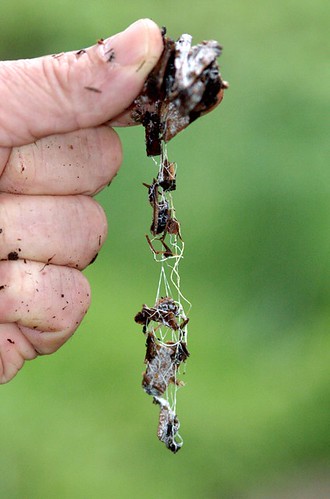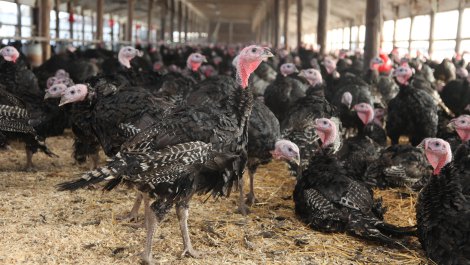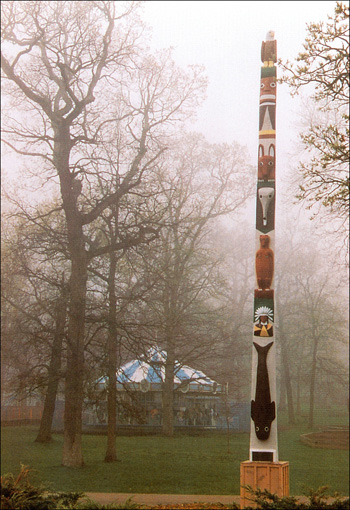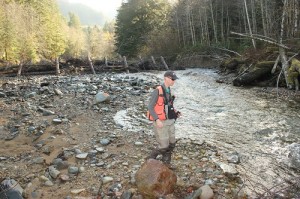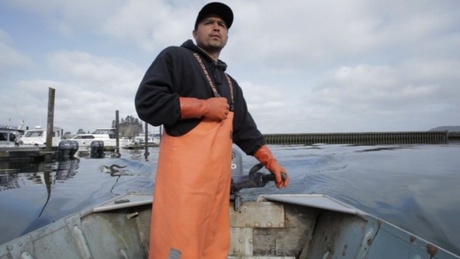
Source: OPB
The top climate scientists in the Northwest have published a new report that surveys the many regional impacts of climate change.
It captures impacts large and small, from the hairy woodpecker which may enjoy more habitat, to smaller snowpack storing less water for the hydropower dams on the Columbia River. The report is the Northwest chapter of the third U.S. National Climate Assessment, a state-of-the-science update that Congress will receive next year. It was put together by the Oregon Climate Change Research Institute at Oregon State University and the Climate Impacts Group at the University of Washington — with input from researchers, native American tribes and economists.
Read: What Climate Change Means For Northwest’s Rivers, Coasts and Forests
The main conclusions won’t surprise anyone who follows climate science, or who reads EarthFix regularly. The greatest risks in the Northwest fall into three categories: risks caused by declining snowpack and water storage, risks due to rising sea levels and coastal ecosystems, and risks related to forest fires and forest health.
But the report highlights some less familiar research as well. Here are five projected impacts of climate change you may not be aware of:
1. Rising Seas and a Falling Continent
Predictions of sea level rise in the Northwest are complicated by plate tectonics. For example, very little sea level rise has been observed on the Olympic Peninsula to date because the peninsula is uplifting at about the same rate that the sea level is rising. Scientists project that sea level rises will range from 4 inches to 4 feet along the Northwest coast. But that doesn’t take into account a major Cascadia subduction zone quake. OSU’s Philip Mote, one of the report’s editors, says when the big one hits, it could cause the entire coastline to drop by 3 feet, compounding the impact of rising seas.
2. Your Health Is At Stake
Mote says the Northwest doesn’t have the kind of extreme weather events like hurricanes and tornadoes that tend to end with a high death toll. But rising temperatures are expected to make us more vulnerable to a whole range of troublesome and potentially fatal illnesses, from respiratory disorders to heat stroke to paralytic shellfish poisoning. If you want to learn more, check out EarthFix’s timely multimedia series, Symptoms of Climate Change: Will a Warming World Make Us Sick?
3. Hot Potatoes
Projected changes in temperatures, carbon dioxide levels, and the availability of irrigation water make the impact of climate change on agricultural crops surprisingly complicated to predict. The yield of winter wheat, for example, is expected to increase by up to 25 percent.
Potato yields are expected to increase until the middle of the century and then begin to decline, in some places as much as 40 percent. Mote says one reason agricultural yields may increase in the short term is the higher levels of CO2 in the air. “Carbon dioxide is plant food. It’s one of the nutrients that plants take in to grow structures and fruits and vegetables. For most plants, having more food allows them to grow faster,” he says. However, for many crops that positive effect may be offset by the impact of longer summer droughts with less water available for irrigation.
4. Thin shells
Climate change is tough news if you’re a marine creature with a shell or exoskeleton.
The Northwest already has some of the most acidified oceans in the world, and climate change is projected to reduce the pH of the oceans even further. Scientists predict that as a result of all the lower pH, mussels will form shells 25 percent more slowly and oysters will form shells 10 percent more slowly by the end of the century. EarthFix has reported extensively on this.
Other ocean critters may fare better; sea grasses and northern elephant seals may find more habitat available in a warming ocean. Paul Williams, who studies climate science and shellfish management for the Suquamish Tribe, says that while the big trend is clear, far more research is needed to understand how marine life will respond to acidification.
“If you want to ask, are the crabs going to disappear in Puget Sound, it’s hard to be that specific. What’s very clear is that we’ve changed the fundamental chemistry of the ocean,” he says.
5. Tribes
Climate change could affect many of the treaty rights reserved by tribes in the northwest, from water rights to shellfish gathering to the use of forests. And decreased summer water flows and increased stream temperatures could add to the stress that dams have placed on the region’s salmon runs, which are culturally and economically critical to many tribes. Several of the tribes in the Northwest have developed their own climate change research and mitigation and adaptation plans.
The Takeaway
I asked Philip Mote what he thinks the takeaway from the science is. He paraphrased John Holdren, a science advisor to President Obama. Holdren has suggested that three things will happen as we contend with climate change: mitigation, adaptation, and suffering.
“The less we try to mitigate and the less we try to adapt, the more that plants, animals, and other humans will fare negatively,” Mote says.




